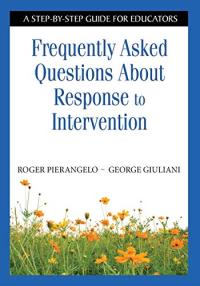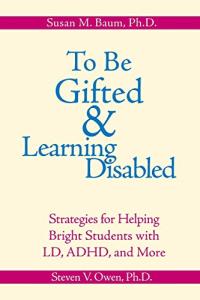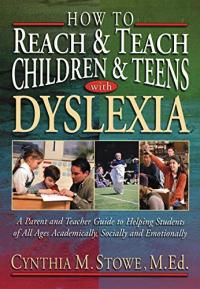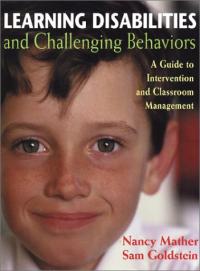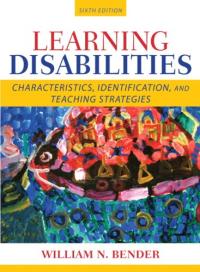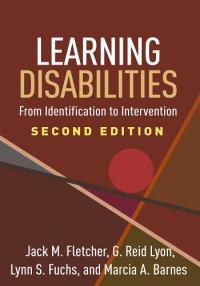
Faking It: A Look Into the Mind of a Creative Learner
Christopher Lee was the author’s student at The University of Georgia, and Faking It: A Look Into the Mind of a Creative Learner is the story of his struggle to come to terms with learning disabilities. Using modifications and accommodations and putting in lots of hard work, Christopher graduated in 1990, and this book was published in 1992. Christopher looked forward to graduating because he thought his major struggles with LD would end with school. However, he quickly realized that the world of work offered a whole new array of challenges. He has spent the last eight years reframing his disability into something positive and has learned how to use assistive technology to compensate for problems with reading, writing and spelling in the workplace.
